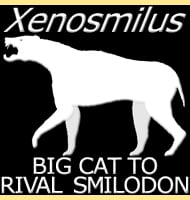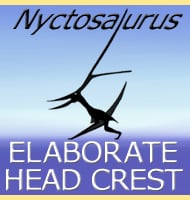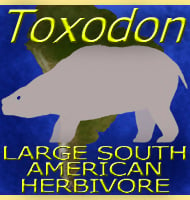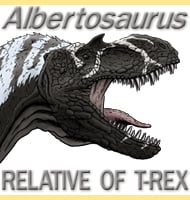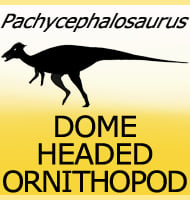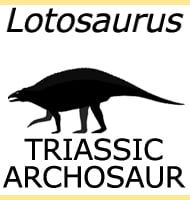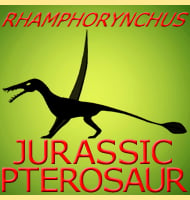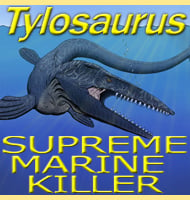In Depth
Ohmdenosaurus is a little known genus of sauropod, and perhaps not surprisingly known by very little remains. These remains have in the past been attributed to the Vulcanodontidae group of sauropods, though this group has also been problematic in its classification in the past, in fact for a time the group fell into disuse after the type genus Vulcanodon could only be confidently assigned to it. It was only with the 2004 description of the genus Tazoudasaurus that the group has seen a limited resurrection in use. Still, the Ohmdenosaurus remains have been considered to be so indeterminate that they have an uncertain place within this group, and some researchers have even questioned the validity of the genus given that it would be exceedingly difficult to attribute further remains to the genus.
The Ohmdenosaurus fossils were found in a marine deposit, but weathering patterns on the bones seem to suggest that they were washed out to sea as bones, rather than an individual being washed out to sea and then decomposing. The time period that the remains were deposited in has been pinned down as the Toarcian of the Jurassic, something that has been possible due to the presence of other Toarcian aged animals such as the snail Coelodiscus found in proximity to the type fossils.
Ohmdenosaurus seems to have been small for a sauropod dinosaur, perhaps as a result of insular dwarfism. The full details of who big Ohmdenosaurus grew however are exceedingly difficult to determine since at the time of writing no remains of the neck, tail or even the main body of the dinosaur are known, and so estimated of length can vary greatly.
Further Reading
- Ein Sauropoden-Rest (Reptilia, Saurischia) aus dem Posidonienschiefer (Lias, Toarcium) von Holzmaden - 1978.

